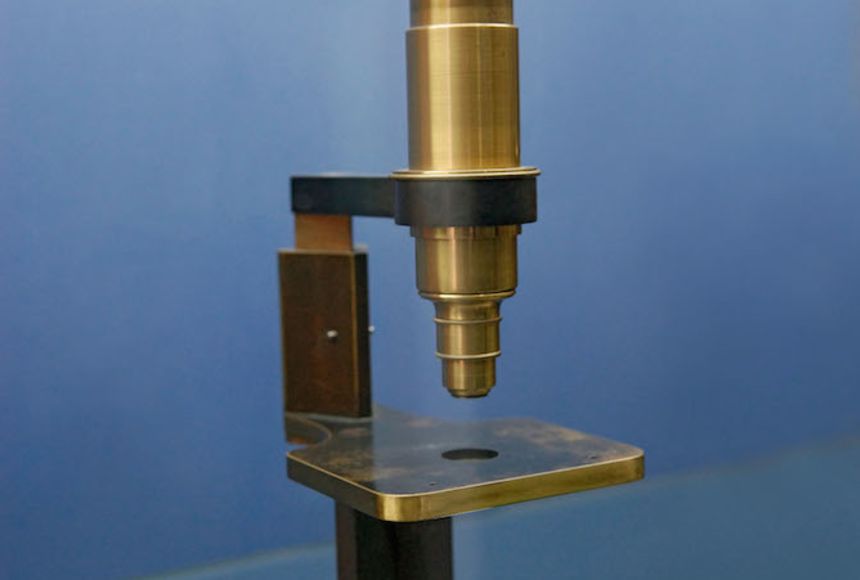ENCYCLOPEDIC ENTRY
ENCYCLOPEDIC ENTRY
Microscopes
Microscopes
A microscope is an instrument that can be used to observe small objects, even cells. The image of an object is magnified through at least one lens in the microscope. This lens bends light toward the eye and makes an object appear larger than it actually is.
Grades
5 - 12+
Subjects
Biology, Engineering
Image
Optical Microscope
Though modern microscopes can be high-tech, microscopes have existed for centuries – this brass optical microscope dates to 1870, and was made in Munich, Germany.
Photograph by Martin Shields / Alamy Stock Photo

Media Credits
The audio, illustrations, photos, and videos are credited beneath the media asset, except for promotional images, which generally link to another page that contains the media credit. The Rights Holder for media is the person or group credited.
Director
Author
Production Managers
Program Specialists
other
Last Updated
November 18, 2024
For information on user permissions, please read our Terms of Service. If you have questions about how to cite anything on our website in your project or classroom presentation, please contact your teacher. They will best know the preferred format. When you reach out to them, you will need the page title, URL, and the date you accessed the resource.
Media
If a media asset is downloadable, a download button appears in the corner of the media viewer. If no button appears, you cannot download or save the media.
Text
Text on this page is printable and can be used according to our Terms of Service.
Interactives
Any interactives on this page can only be played while you are visiting our website. You cannot download interactives.